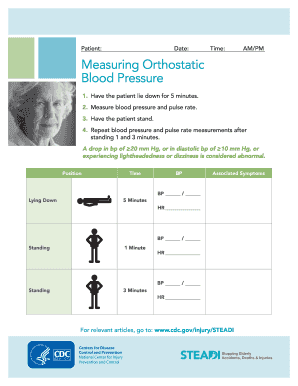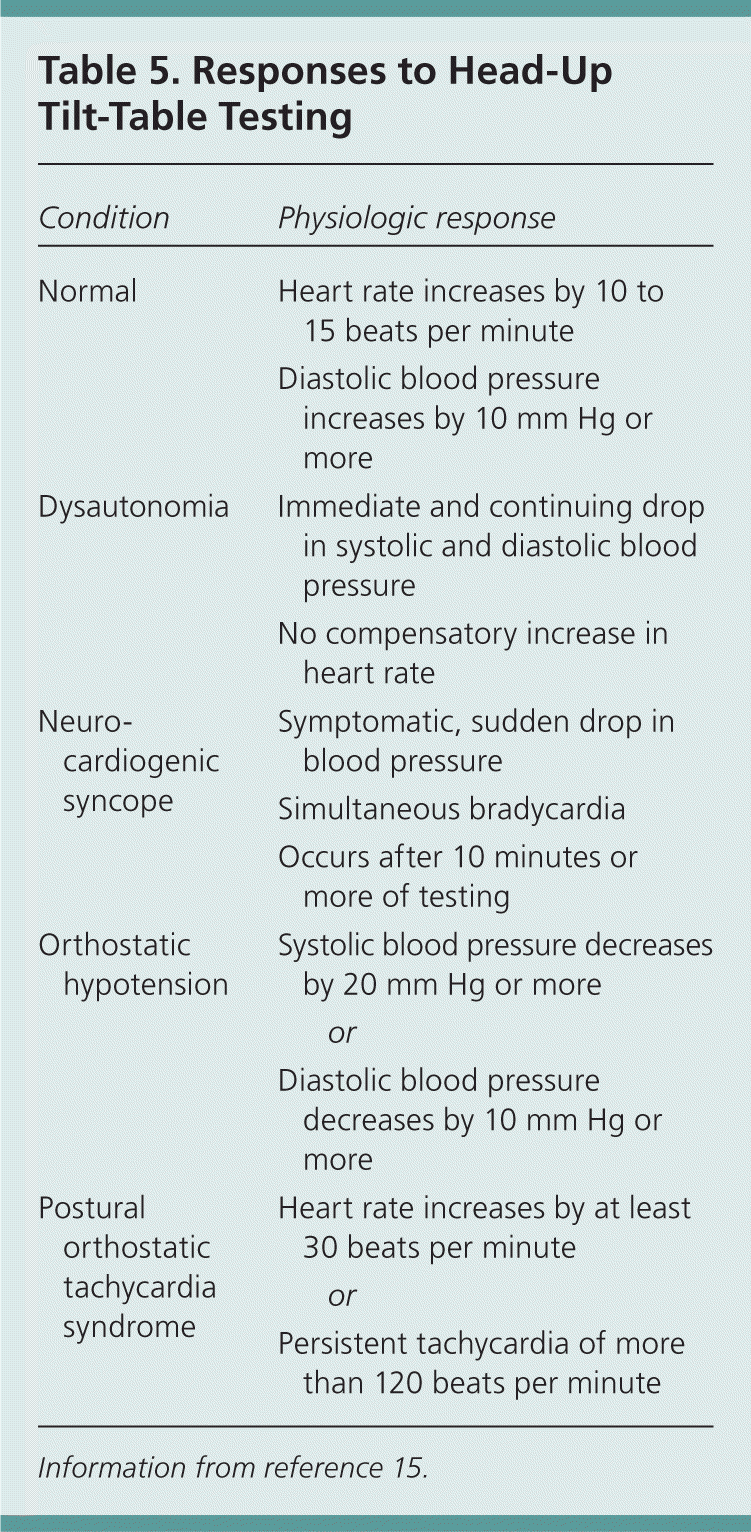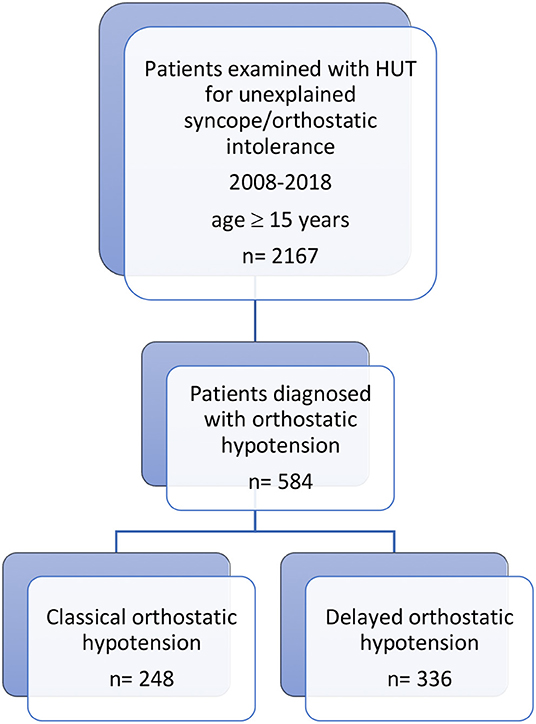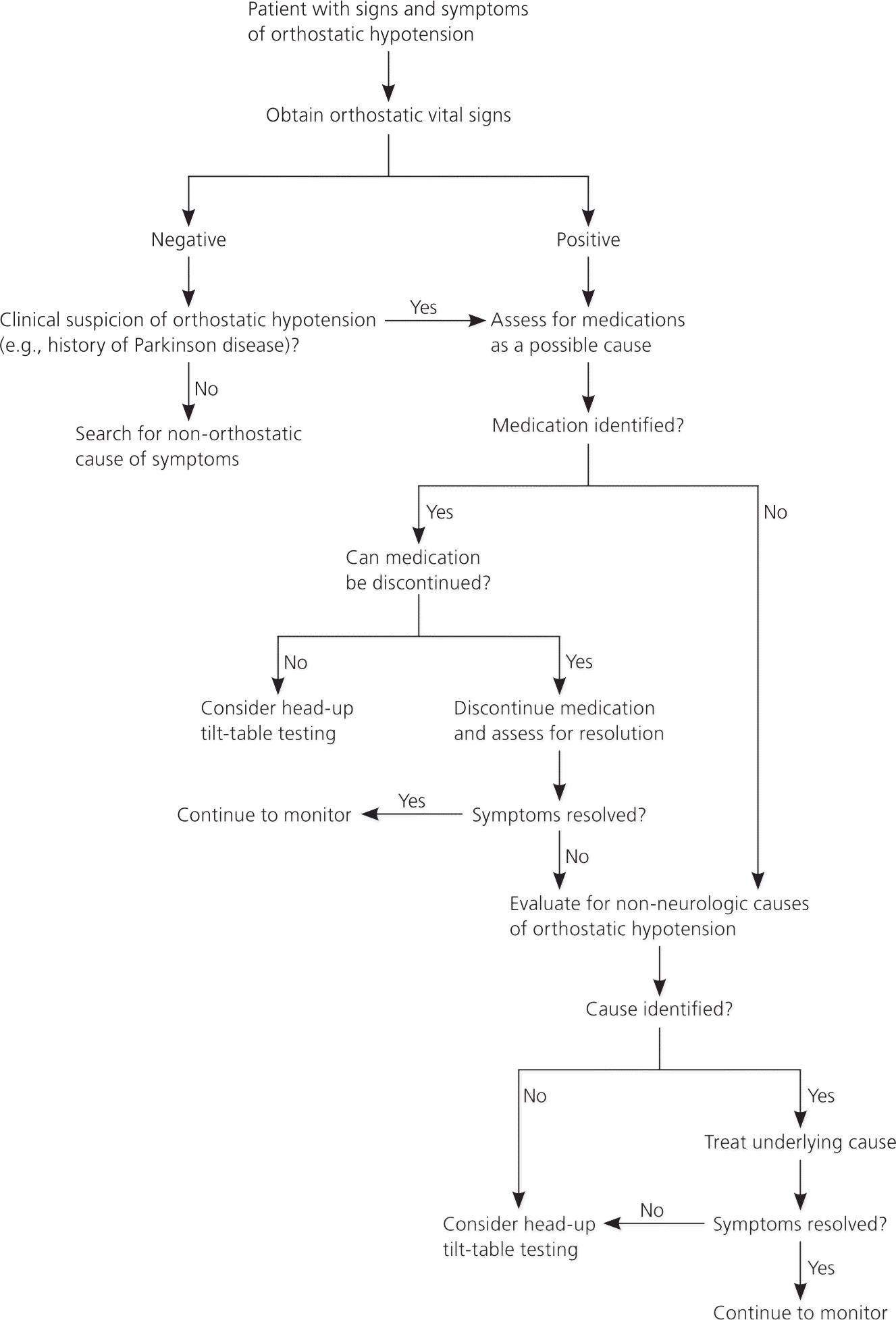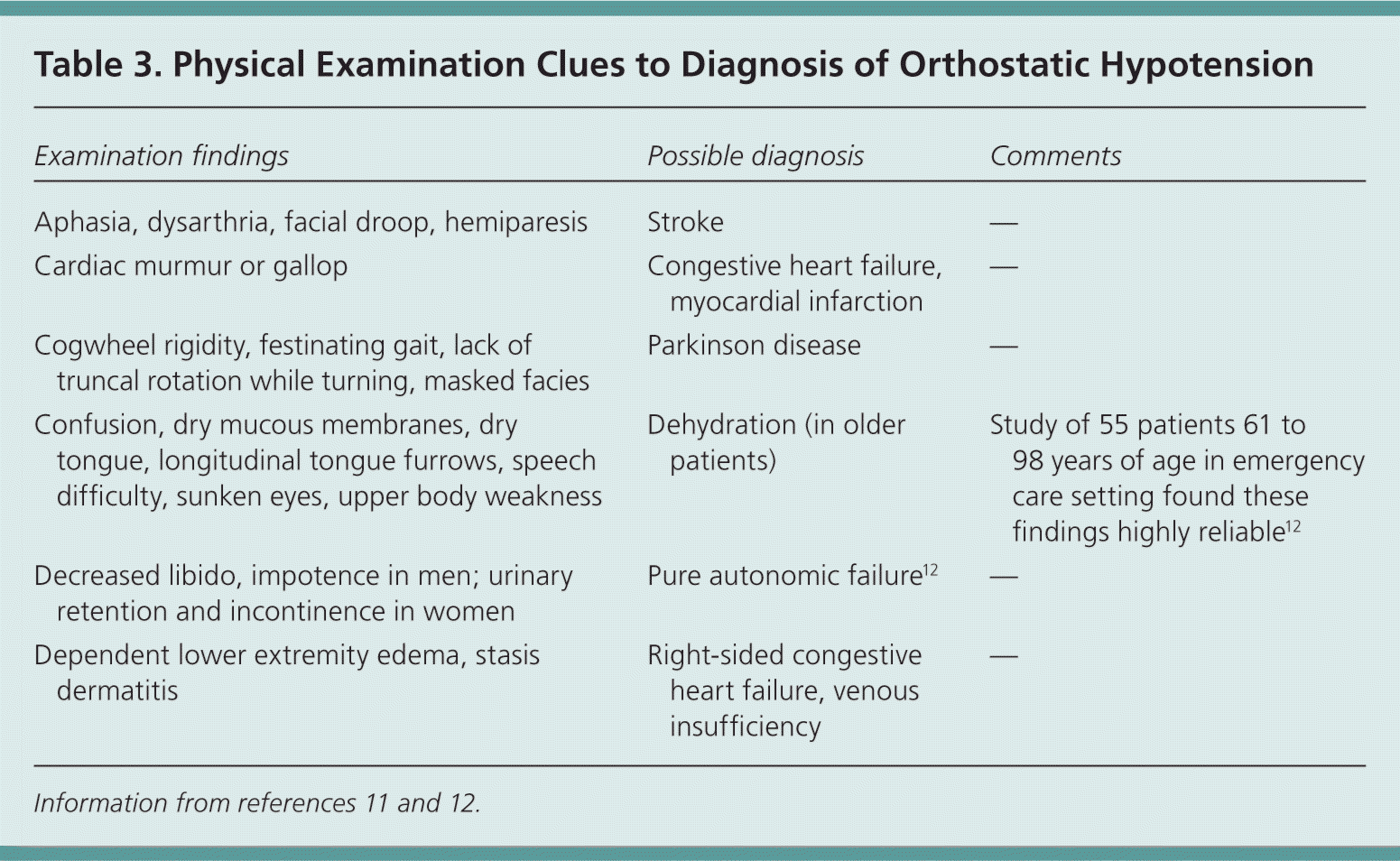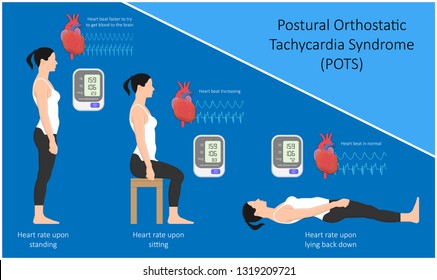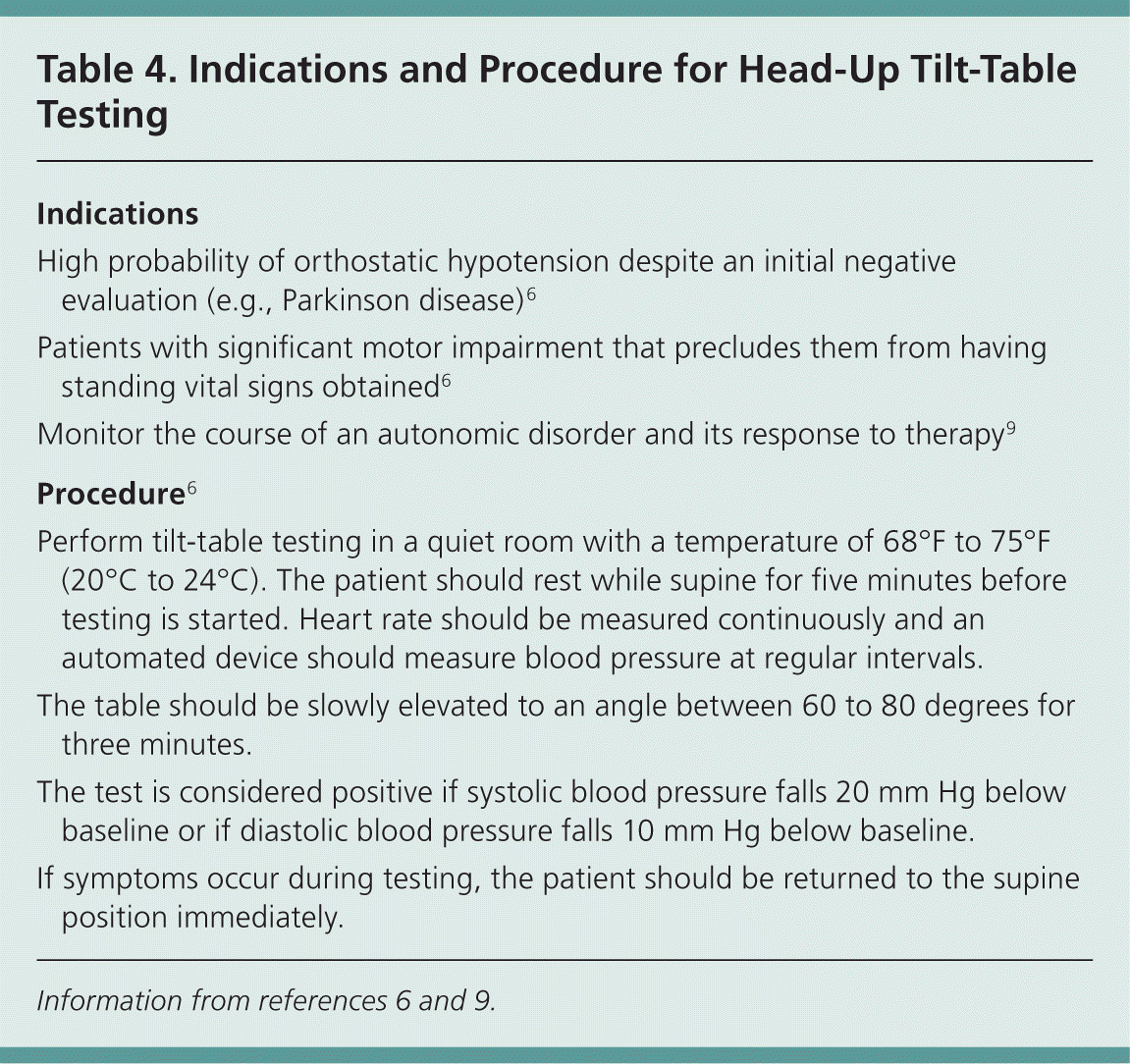Painstaking Lessons Of Info About How To Check Orthostatics

Turn the wrist unit to a mode where you can see your heart rate.
How to check orthostatics. Orthostatic vital signs (blood pressure, pulse, and symptoms) will be obtained and recorded while the patient is in the supine position as well as in the standing position. After the patient stands, the b/p should be taken at 1 minute and 3 minutes. How do you check for orthostatic hypotension?
Lightheadedness or dizziness upon standing. If the patient is unable. Also, the arm should be at heart level, not hanging down.
If youre prone to orthostatic hypotension, these steps can reduce symptoms: 24 other maneuvers include isometric exercises involving the arms, legs, and abdominal muscles during positional. The sudden drop in blood pressure can be accompanied by dizziness and weakness for a few seconds and sometimes.
Orthostatic hypotension signs and symptoms include: Measure blood pressure and pulse rate. Symptoms usually last less than a few minutes.
When measuring orthostatic vital signs, the blood pressure and pulse are taken in two positions: Instruct the patient on the process of orthostatic blood pressure measurement and its rationale. Wear the transmitter and the wrist unit.
In order to properly take orthostatic blood pressure, a medical professional must have the patient lie down and be still for a full five minutes. Orthostatic hypotension is a leading reason for falls in the elderly. If your doctor suspects that you have orthostatic hypotension, they will check your blood pressure while you’re sitting, lying down, and standing.





